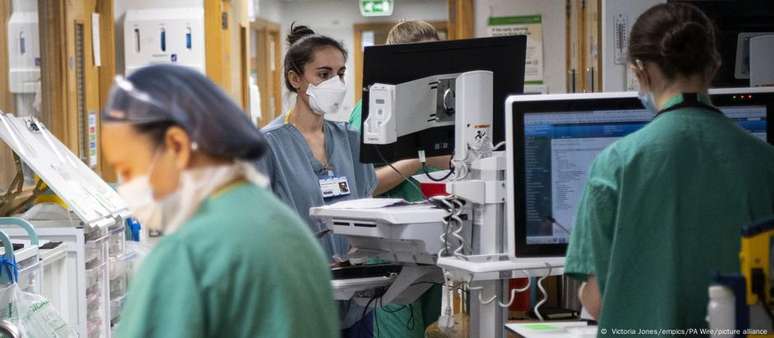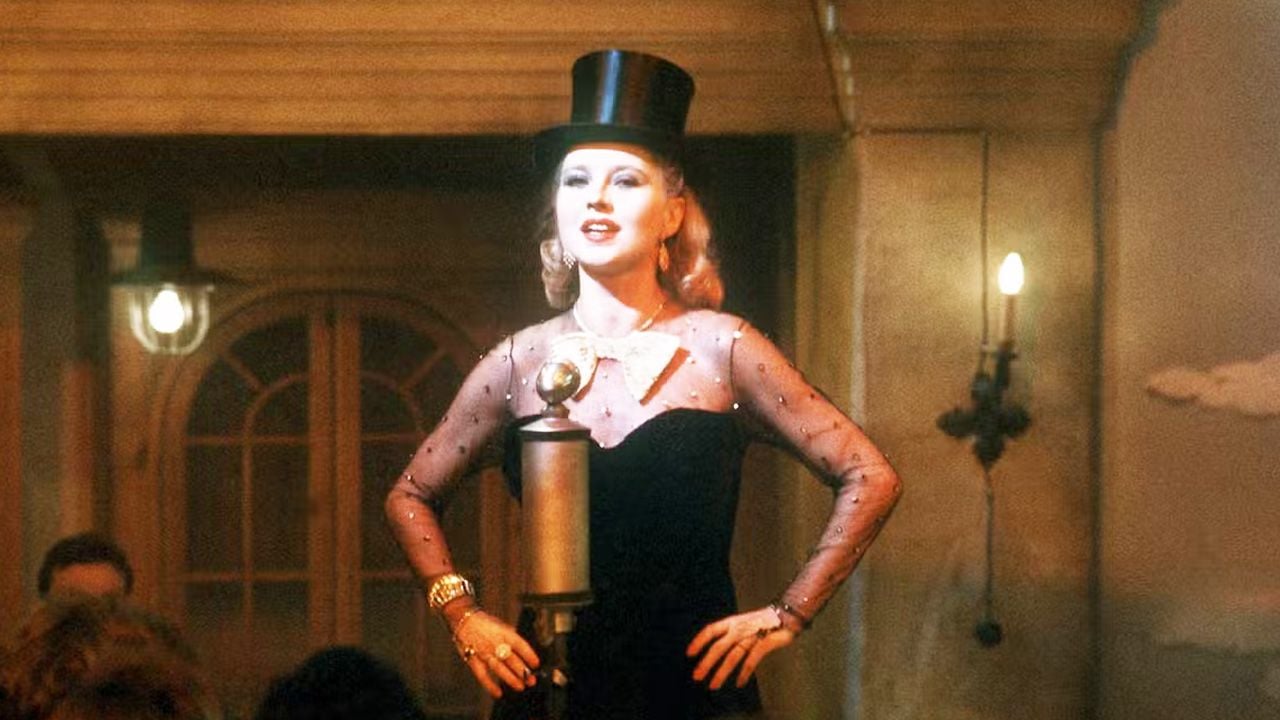A return to the golden age of Brazilian aviation […]
Passengers, fasten your seatbelts because the pilot… is back.
Located in an open-air area on Boulevard Laçador, in Porto Alegre (RS), the Varig Experience takes visitors back to the golden age of Brazilian aviation.
Luxurious meals on board can no longer be enjoyed, much less the now infamous bags of anything, but the Gaucho experience includes a visit to the interior of an authentic Douglas DC-3, with original seats and cockpit.
“This is an undeniable attraction, both for the community and for the mall itself [onde o avião está exposto]”, analyzes Marcos Ussanovich, commissioner of the old Varig for over 20 years and responsible for the restoration project, in a telephone interview with the Travel by fare.
The internal tour of the plane is led by students of the Aerosul civil aviation school, trained and equipped with uniforms with replicas of the flight attendants’ clothes of the time, and includes access to places such as the cockpit and the curious bathroom used in flights in the first half of last year.
“The plane is frustratingly large [com relação aos modelos atuais], but the visitor will learn to fly on that plane. The bathroom itself is an attraction in itself because it looked like a toilet, but it was actually a box,” as Ussanovich describes that sort of flying chemical toilet.
Recently, the exhibited aircraft was also equipped with air conditioning to offer better thermal conditions to visitors.
According to Ussanovich, the process of restoring the model, the value of which he was unable to specify, lasted about three months and involved ten aviation professionals, mainly mechanics.
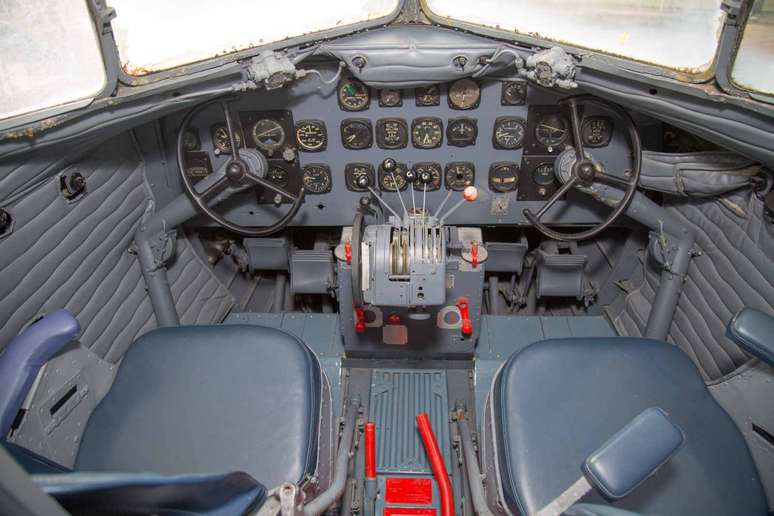
This Douglas DC-3 open to the public is the combination of two other aircraft belonging to the extinct company, equipment however faithful to the model used on commercial flights between 1936 and 1969.
“[O restauro] it was treated with great respect for the memory of Varig, since the company was very important for Brazil”, recalls Ussanovich about this plane which, for decades, remained abandoned in front of the old Varig Museum, in the capital of Rio Grande do Sul.
The visit project dates back to July 2016, when the Varig Museum Institute was created in August 2010, managed by the administration of Boulevard Laçador with the aim of preserving the collection of the bankrupt airline.
And among many memories, the Douglas DC-3 was the main piece of the collection to be returned to the population.
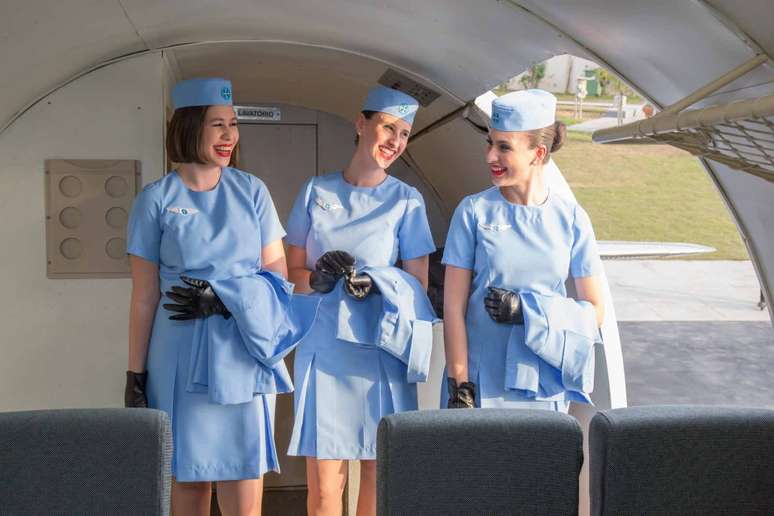
The attraction is not only a moment of nostalgia for fans of the topic, but also a moment of reflection on the current experience of air travel, in Brazil and around the world.
“In an era when there was no in-flight entertainment, there was a great concern with serving people individually, and food filled passengers’ time. In-flight service itself was a safety feature of the flight and those those who were afraid even forgot that it was flying”, analyzes Ussanovich.
He himself remembers the time when, even on 1h20 flights, the on-board service included lunch or dinner. And you didn’t even have to go very far (in time and geography).
Those who took the Rio-São Paulo flight in the late 1990s, like this nostalgic passenger who is writing to you, do not forget the rich breakfast served on airlines such as Varig and Transbrasil.
“Today, technology has eliminated some safety problems, but back then there was much more human contact. This is what has been lost,” Ussanovich recalls.
In times of experience-based tourism, the suggestion is Travel by fare that those responsible for the attraction think of a service in which dinners are served on board to visitors with reproductions of the classic airline menus.
About the DC-3
The plane on display in the capital of Rio Grande do Sul is a twin-engine aircraft for civilian use that revolutionized passenger transport in the 1930s and 1940s, especially on domestic flights in the United States, facilitated by the possibility of making large crossings.
With a capacity of 28 passengers and 3 crew members, the DC-3 performed cruise flights of up to nine hours of endurance, at an average speed of 270 km/h. After its launch in 1935, more than 13 thousand devices of this type were built, according to the Brazilian Air Force Aerospace Museum.

Again according to the FAB, this model was used in Brazil by the Correio Aéreo Nacional, in the Amazon integration missions, from 1944 to 1983.
According to Varig Experience, after the Second World War over 90% of the world’s air traffic was carried out using this model.
LEARN MORE
Varig. Experience
Boulevard Laçador (Avenida dos Estados, 111 – Porto Alegre/RS)
External visits take place every day from 8:00 to 23:00. The internal visit takes place exclusively every Thursday in February, from 5pm to 8pm (the dates for the next few months have not yet been defined).
Free Entrance
varigexperience.com.br
WATCH PHOTOS
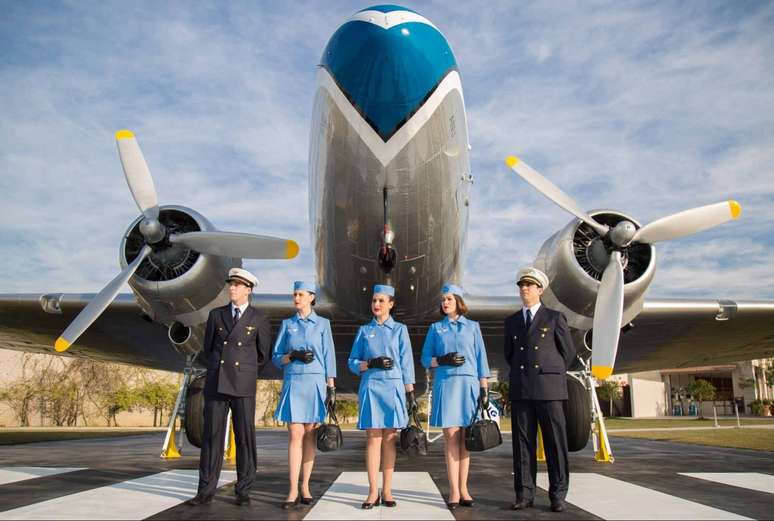


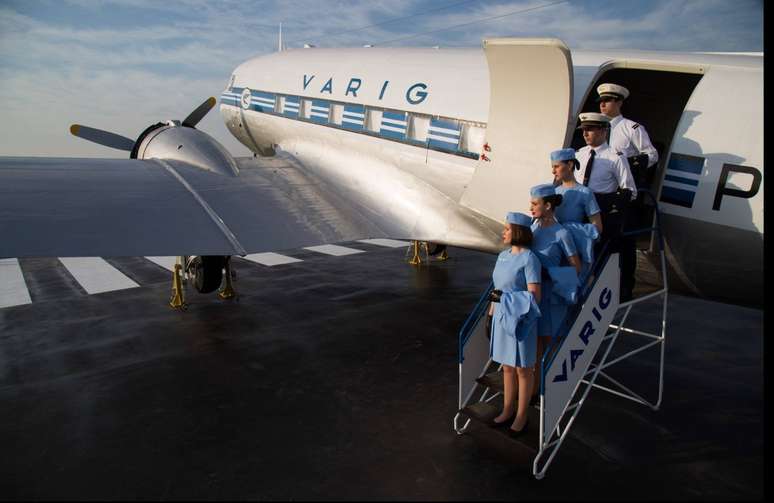

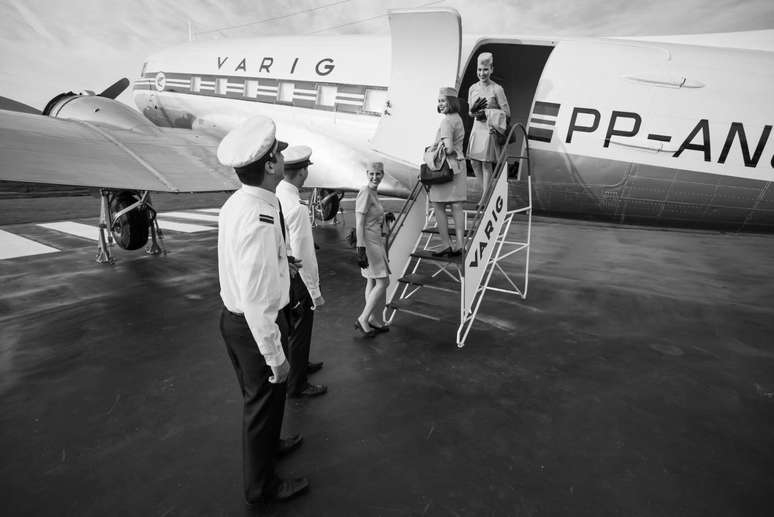
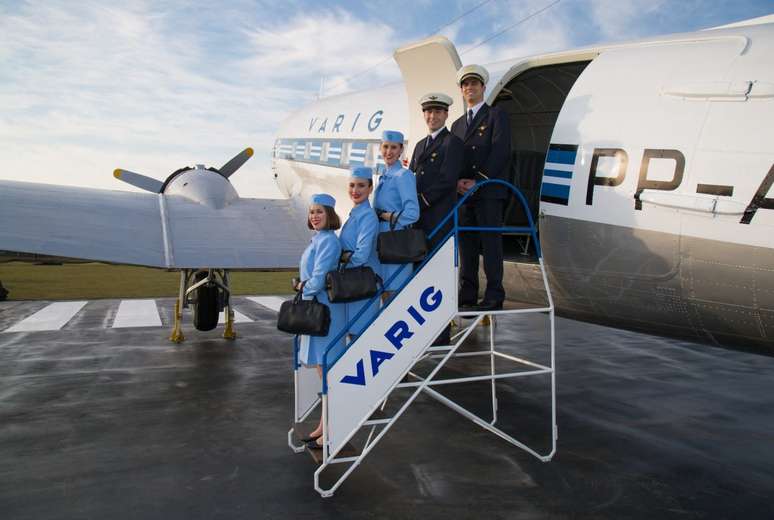
Source: Terra
Ben Stock is a lifestyle journalist and author at Gossipify. He writes about topics such as health, wellness, travel, food and home decor. He provides practical advice and inspiration to improve well-being, keeps readers up to date with latest lifestyle news and trends, known for his engaging writing style, in-depth analysis and unique perspectives.


